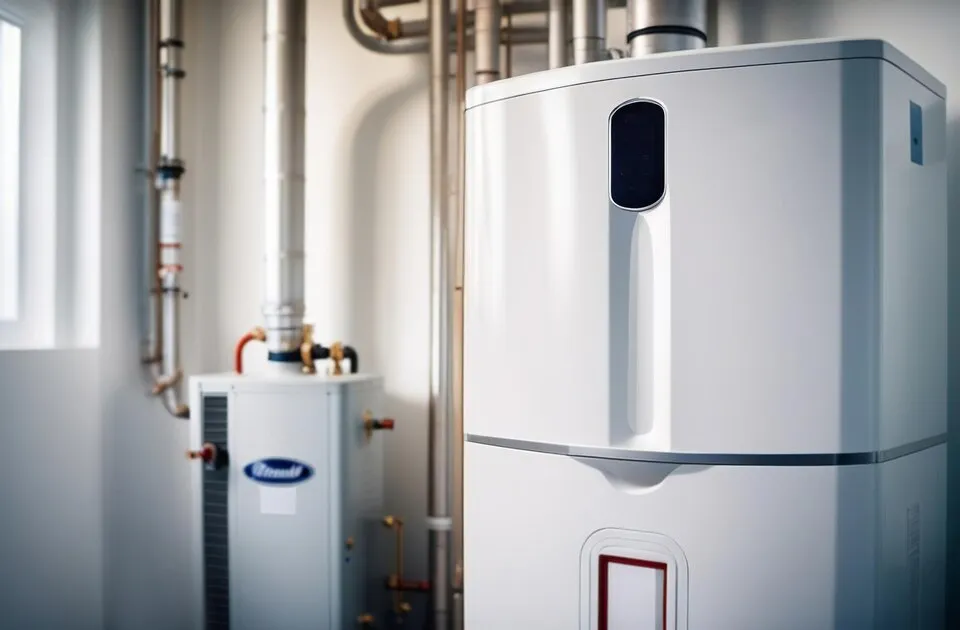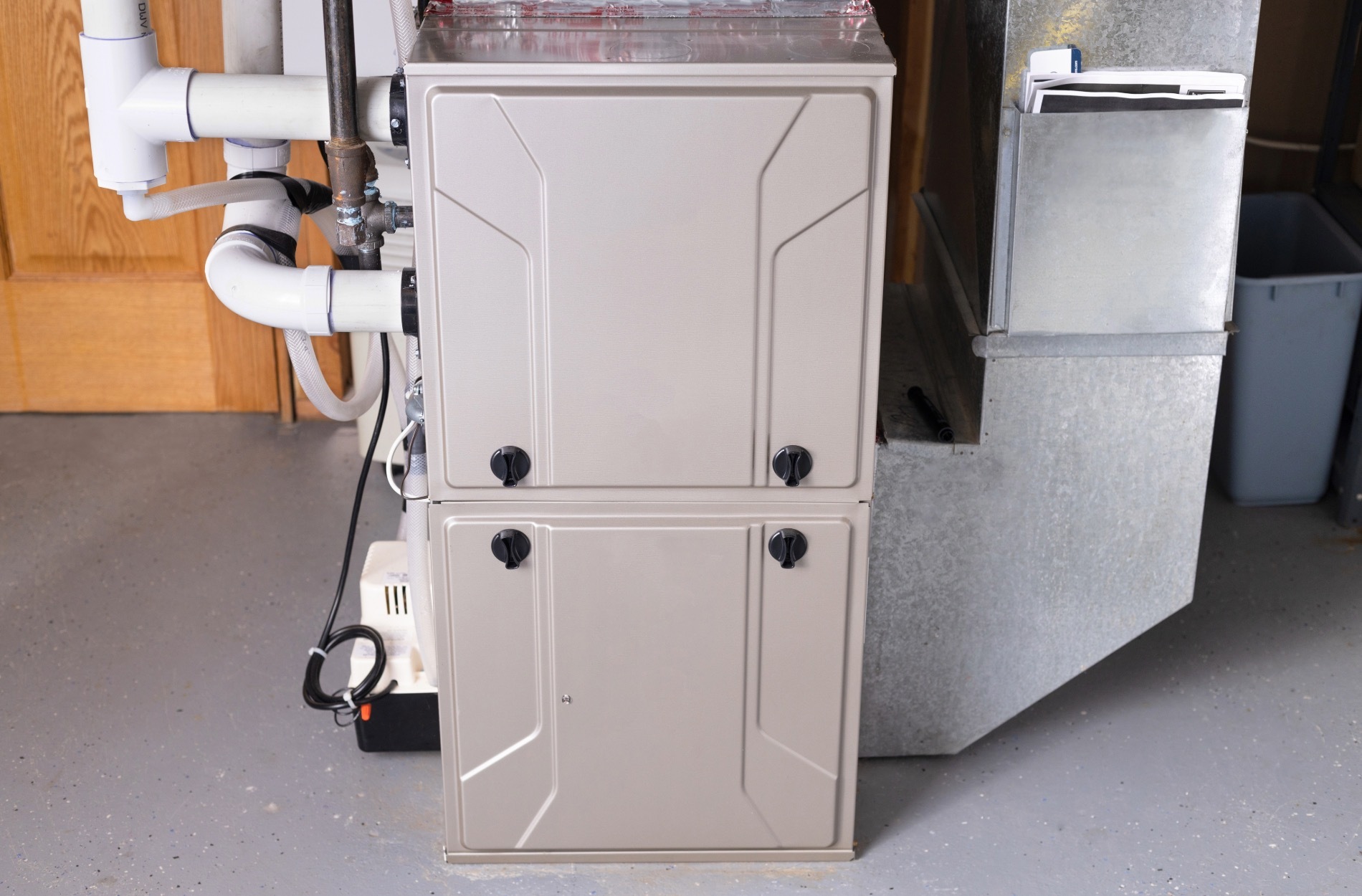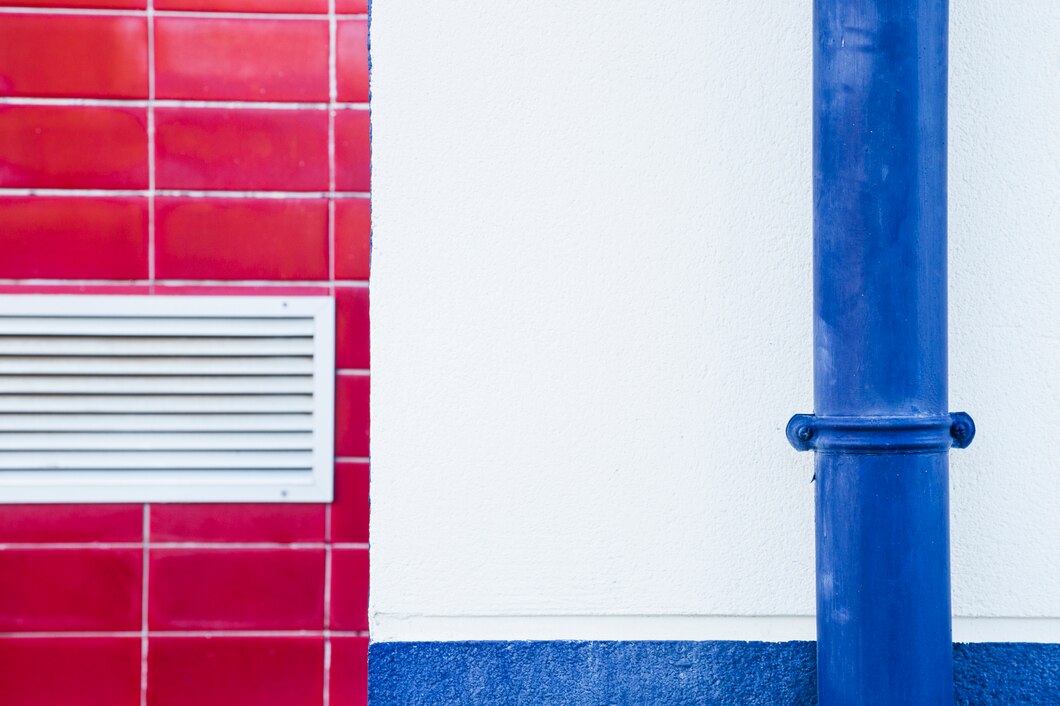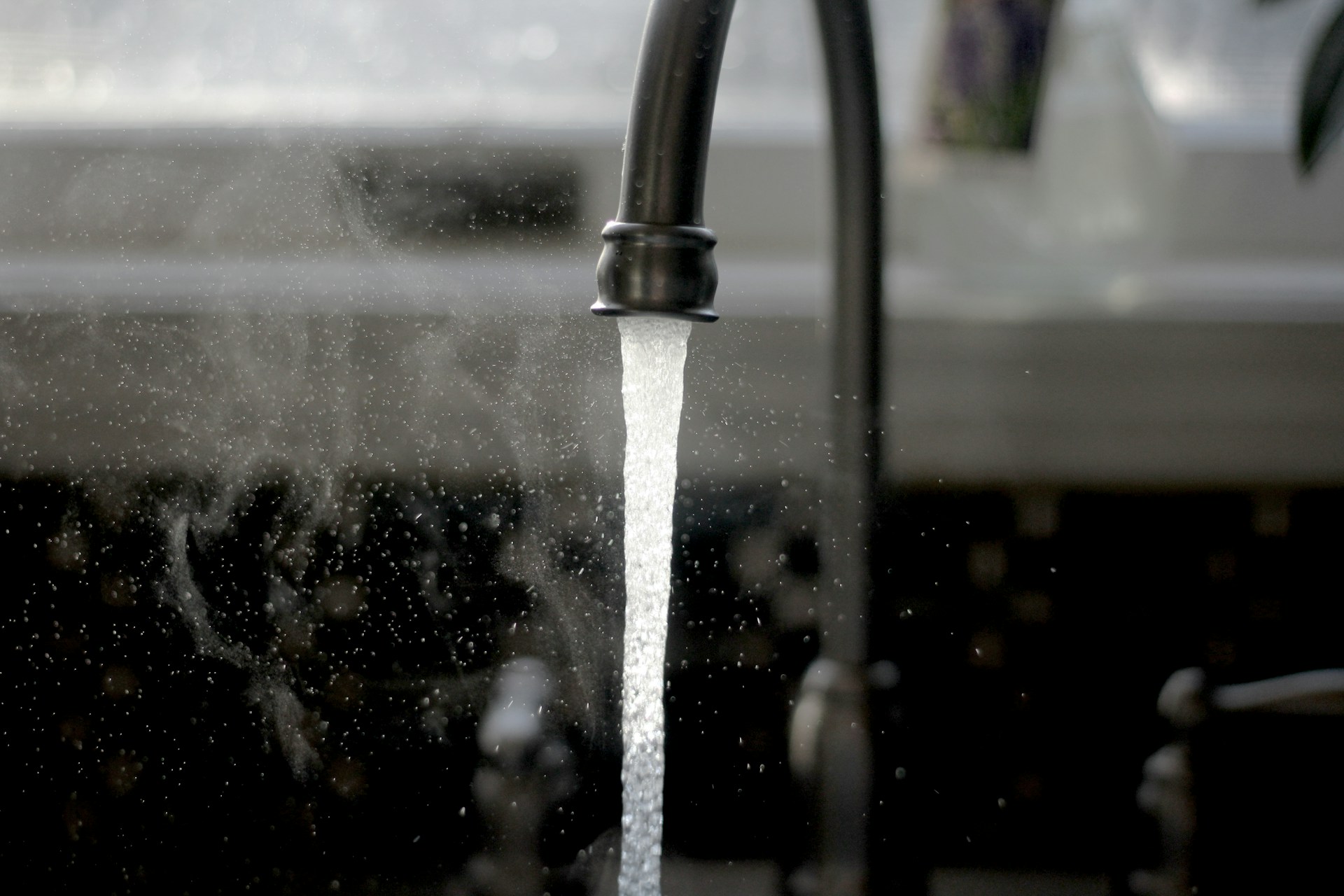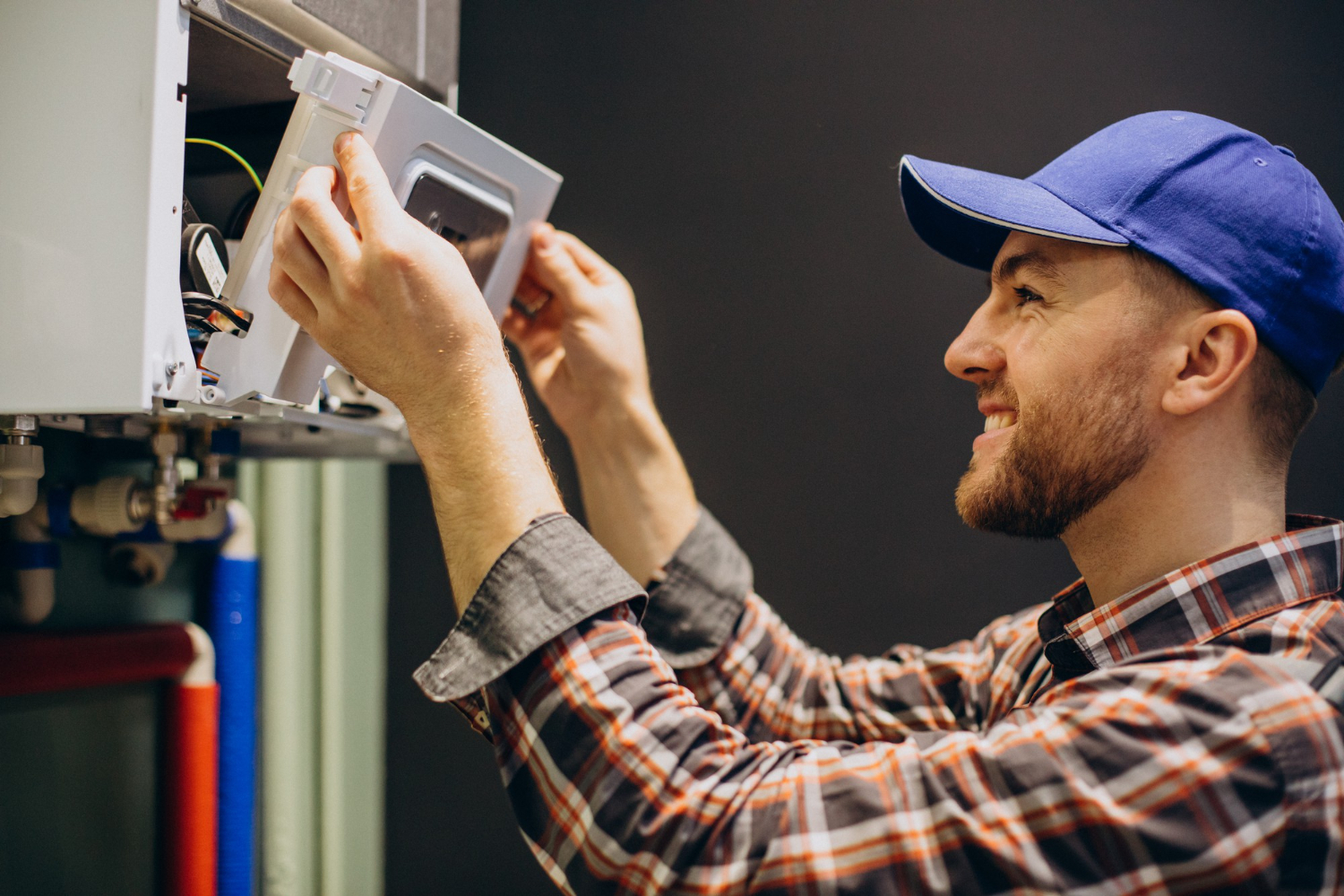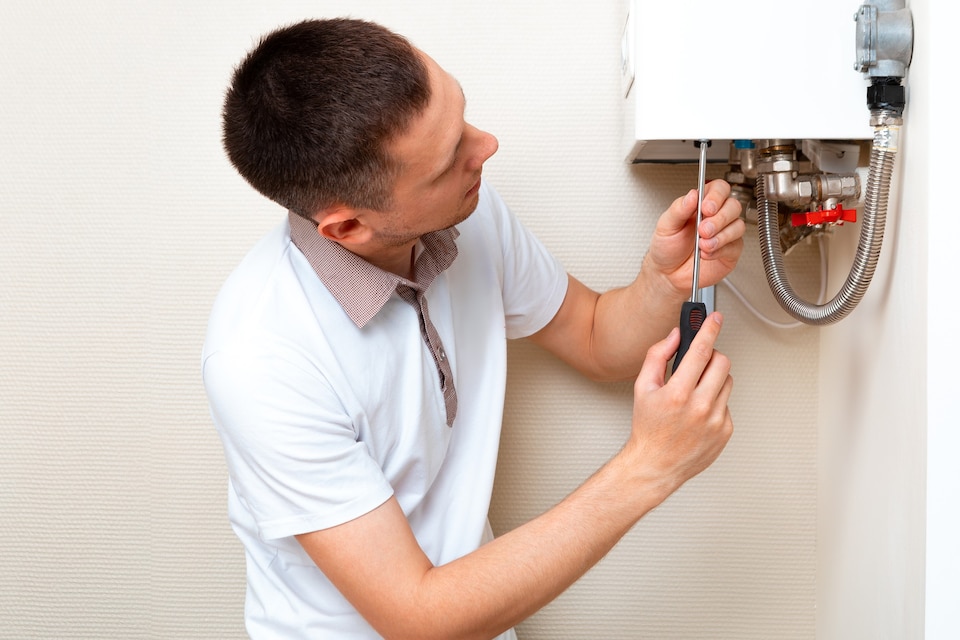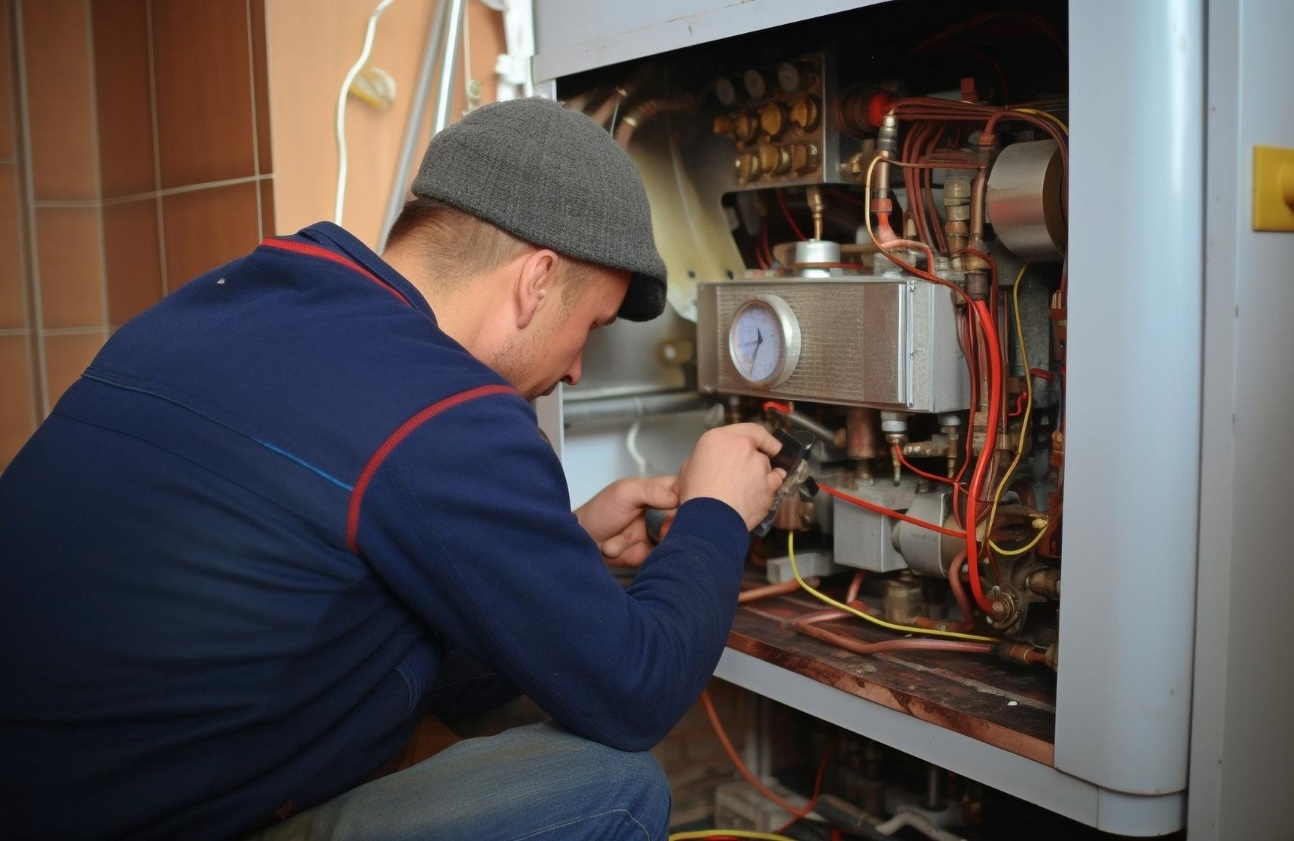Preparing your home for a new furnace installation is crucial for a smooth and efficient process. Proper preparation ensures that the installation goes as planned and that your new system operates effectively from day one.
Understanding the Importance of Proper Furnace Installation Preparation
Proper preparation is crucial for a successful furnace installation. A well-prepared home ensures a smooth process and maximizes the efficiency of your new system. This preparation helps prevent potential issues during the installation and ensures your new furnace operates optimally from the start.
One of the primary reasons for thorough preparation is to avoid disruptions and unexpected problems. By planning, you can identify any obstacles that may interfere with the installation. This foresight helps our professionals to work efficiently and effectively, ensuring your furnace is installed without delays.
Additionally, proper preparation safeguards your home and its occupants. Clearing the area, ensuring adequate ventilation, and addressing potential hazards are all critical steps. These measures help protect your home from damage and keep your family safe during the installation process.
Choosing the Right Furnace for Your Home
Selecting the right furnace is a crucial step in the installation process. The ideal furnace should meet your home’s heating needs while offering energy efficiency and long-term reliability. Several factors should be considered to ensure you make the best choice.
First, consider the size of your home. A furnace that is too small won’t adequately heat your space, while one that is too large can be inefficient and costly. Our professionals can help you determine the appropriate furnace size based on your home’s square footage and insulation quality.
Next, think about the type of furnace that suits your needs. Options include gas, electric, and oil furnaces, each with its own benefits and limitations. Gas furnaces are generally more efficient, while electric furnaces are easier to maintain. Oil furnaces provide strong and steady heat but can be more expensive to operate.
Energy efficiency is another important factor. Look for furnaces with high Annual Fuel Utilization Efficiency (AFUE) ratings. Higher AFUE ratings indicate better energy efficiency, leading to lower heating costs over time. By choosing the right furnace, you ensure efficient and reliable heating for your home.
Scheduling a Professional Assessment
Before proceeding with a furnace installation, scheduling a professional assessment is essential. This assessment helps determine your home’s specific needs and ensures the installation process goes smoothly.
During the assessment, our professionals will evaluate several factors, including your home’s size, insulation, and existing ductwork. This evaluation helps in selecting the right furnace model and identifying any modifications needed for the installation. The assessment also includes checking for adequate ventilation and ensuring that your electrical system can support the new furnace.
Additionally, the assessment provides an opportunity to address any concerns or questions you may have. Our professionals can explain the installation process, discuss expected timelines, and provide valuable advice on maintaining your new furnace.
Scheduling a professional assessment ensures that all aspects of the installation are carefully considered and planned, leading to a successful and efficient furnace installation.
Clearing the Installation Area
Clearing the installation area is a vital step in preparing for a new furnace. An organized and unobstructed space allows our professionals to work efficiently and safely, ensuring a smooth installation process.
Start by removing any personal belongings, furniture, or clutter from the area around your existing furnace. This includes clearing pathways to and from the installation site to provide easy access. Ensuring the workspace is free of obstructions minimizes the risk of accidents and makes it easier for our technicians to complete the installation.
If your furnace is located in a basement or utility room, clear the surrounding area of any stored items. Consider relocating these items to another part of your home temporarily. This not only makes the area safer but also helps protect your belongings from potential damage during the installation.
Additionally, ensure there is proper lighting in the installation area. Adequate lighting allows our professionals to see clearly and perform their tasks with precision. If necessary, set up temporary lighting to enhance visibility.
By taking these steps to clear the installation area, you help facilitate a safe and efficient furnace installation process.
Ensuring Adequate Ventilation
Adequate ventilation is crucial for a safe and efficient furnace installation. Proper ventilation ensures that the furnace operates correctly and prevents harmful gases, such as carbon monoxide, from accumulating in your home.
Start by checking the ventilation system connected to your existing furnace. Ensure that the vents are clean and free from obstructions. Blocked vents can reduce airflow and cause the furnace to work harder than necessary, leading to potential malfunctions.
If you’re upgrading to a more energy-efficient furnace, you may need to modify the existing ventilation system to accommodate the new unit. Our professionals can help determine if changes are needed and ensure that all modifications meet safety standards.
Additionally, make sure that the area around the furnace has adequate airflow. Avoid storing items that could block vents or restrict airflow near the furnace. Proper airflow is essential for the furnace to function efficiently and safely.
By ensuring adequate ventilation, you create a safe environment for your new furnace to operate, protecting your home and its occupants from potential hazards.
Updating Thermostats and Electrical Systems
Updating your thermostats and electrical systems is an essential step in preparing for a furnace installation. Modern furnaces often require compatible thermostats and updated electrical connections to function efficiently.
Consider installing a programmable or smart thermostat to complement your new furnace. These advanced thermostats allow you to set specific temperature schedules, enhancing comfort and energy efficiency. Smart thermostats can also be controlled remotely, providing added convenience.
Ensure that your home’s electrical system can support the new furnace. Older homes may require electrical upgrades to handle the increased power demands of modern HVAC systems. Our professionals can inspect your electrical system and recommend any necessary upgrades.
If your furnace installation involves significant electrical work, such as installing a new circuit or upgrading existing wiring, it’s essential to coordinate with qualified electricians. Proper electrical connections are crucial for the safe and efficient operation of your furnace.
By updating your thermostats and electrical systems, you ensure that your new furnace operates smoothly and efficiently, providing reliable heating for your home.
Inspecting Ductwork and Air Vents
Inspecting your ductwork and air vents is a vital part of preparing for a new furnace installation. Clean and well-maintained ducts ensure efficient airflow and optimal performance of your new furnace.
Start by examining the condition of your ductwork. Look for any signs of damage, such as cracks, holes, or loose connections. Damaged ducts can lead to air leaks, reducing the efficiency of your heating system. If you notice any issues, schedule furnace repairs before the installation.
Check for dust, debris, and obstructions in your air vents. Clogged vents can restrict airflow and force your furnace to work harder. Clean the vents thoroughly to ensure unobstructed airflow throughout your home. Consider hiring our professionals for a comprehensive duct cleaning service to remove accumulated dust and debris.
Ensure that all vents are open and unobstructed. Furniture, curtains, and other items should not block the vents, as this can impede airflow and reduce heating efficiency.
By inspecting and maintaining your ductwork and air vents, you create an efficient path for warm air to circulate, enhancing the performance of your new furnace and ensuring a comfortable home environment.
Addressing Potential Hazardous Materials
Before beginning a furnace installation, it is essential to address any potential hazardous materials that could be present in your home. These materials not only pose health risks but can also interfere with the installation process.
Asbestos and Lead Paint:
- Asbestos: Older homes may have asbestos in their insulation, floor tiles, or ductwork. Asbestos is dangerous when disturbed because it can release tiny fibers into the air that can be inhaled, leading to serious health problems. It is crucial to have a professional assess and remove any asbestos before the furnace installation.
- Lead Paint: Similarly, homes built before 1978 are likely to have lead paint. Disturbing lead-painted surfaces during installation can release toxic dust. Ensure any lead paint is properly managed by professionals to prevent contamination.
Proper Disposal:
- Hazardous Waste: Materials like old insulation, chemical cleaners, and outdated equipment must be disposed of correctly. Improper disposal can be harmful to the environment and may violate local laws. Our professionals will ensure that all hazardous materials are responsibly and safely disposed of.
- E-Waste: If your old furnace or related components include electronic parts, these should be recycled properly. Many local recycling facilities offer e-waste disposal services to ensure electronic components are handled in an environmentally friendly manner.
By addressing potential hazardous materials beforehand, you can ensure a safer and smoother furnace installation process.
Coordinating with Our Professionals for Seamless Installation
Effective coordination with our professionals is key to ensuring a seamless furnace installation. Proper communication and planning can make the installation process smooth and efficient.
Pre-Installation Planning:
- Scheduling: Coordinate a convenient time for the installation. Ensure all necessary preparations, such as clearing the installation area and arranging for pets and family members to be out of high-traffic zones, are completed beforehand.
- Site Inspection: Allow our professionals to conduct a site inspection before the installation date. This helps identify any potential issues and ensures all required materials and tools are available, reducing delays.
During Installation:
- Clear Access: Make sure our technicians have clear access to the installation area. This includes pathways to the furnace location and enough space around the area to work comfortably.
- Open Communication: Maintain open communication with the installation team. Be available to answer questions or address any concerns that may arise during the process.
Post-Installation Coordination:
- System Walkthrough: After the installation, our professionals will guide you through a system check. They will explain the operation of your new furnace, including any new features or maintenance tips.
- Documentation: Retain all documentation provided by the technicians, including warranty information, user manuals, and service records. This information will be valuable for future reference.
Coordinating effectively with our professionals ensures the furnace installation is completed efficiently and to your satisfaction.
Post-Installation Checklist
After installing your new furnace, it’s essential to follow a post-installation checklist to ensure everything is working correctly and safely.
First Steps:
- Initial Operation: Run the furnace to ensure it operates smoothly. Listen for any unusual noises and check for consistent airflow from the vents.
- Thermostat Settings: Verify that the thermostat is functioning correctly. Set it to your desired temperature and ensure it communicates properly with the new furnace.
Safety Checks:
- Carbon Monoxide Detector: Install or check your carbon monoxide detector to ensure it is functioning correctly. A new furnace should not produce carbon monoxide, but it’s always good to have safeguards in place.
- Vents and Ductwork: Inspect vents and ductwork to confirm there are no blockages or leaks. Properly sealed ducts ensure efficient heating and reduce energy waste.
Ongoing Maintenance:
- Regular Inspections: Schedule regular maintenance inspections to keep your furnace running efficiently. Annual check-ups can help detect and address potential issues before they become significant problems.
- Filter Replacement: Change the air filters regularly, depending on the manufacturer’s recommendations. Clean filters improve air quality and ensure the furnace operates efficiently.
Following a post-installation checklist helps maintain the efficiency and safety of your new furnace.
The Importance of Preparation and Professional Installation
Proper preparation and professional furnace installation are essential for ensuring your home remains warm and safe. Addressing potential hazards, coordinating effectively with installation professionals, and following a comprehensive post-installation checklist are crucial steps in the process. These measures not only enhance the efficiency and lifespan of your furnace but also provide peace of mind.
EnviroSafe Plumbing, Heating, Air Conditioning, Water Treatment is dedicated to delivering top-quality furnace installation services. Our expert technicians ensure your system is installed correctly, offering you reliable and efficient heating solutions.
Ready to upgrade your heating system? Contact us today for professional furnace installation in Pittsgrove, NJ. Our team is committed to providing the best solutions for your home’s heating needs. Call us now to schedule your installation!

